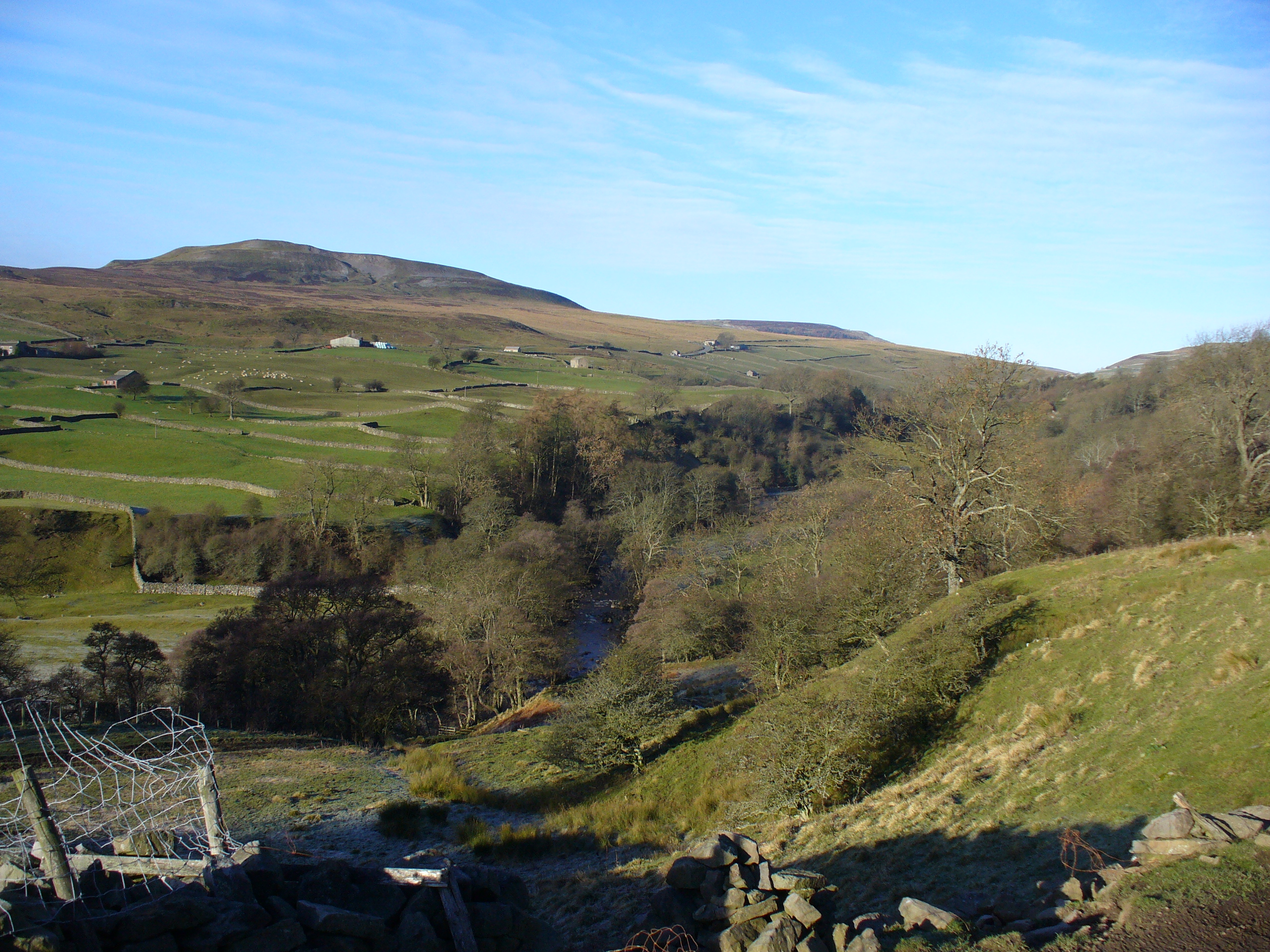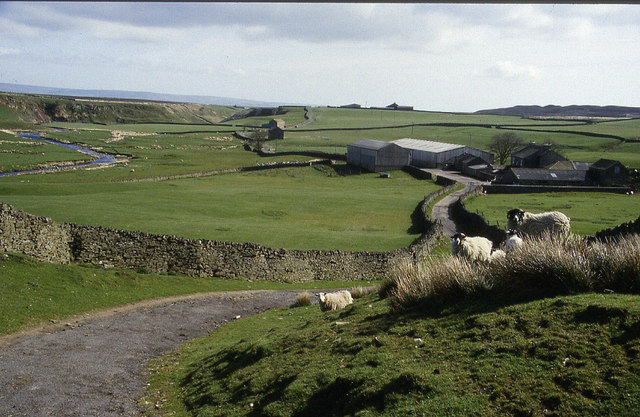Seavy Hill
Hill, Mountain in Yorkshire Richmondshire
England
Seavy Hill
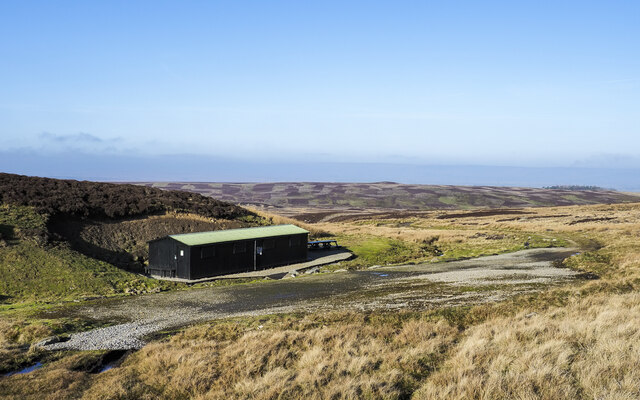
Seavy Hill, located in the county of Yorkshire, England, is a prominent hill standing at an elevation of approximately 344 meters (1,128 feet) above sea level. It is situated within the picturesque North York Moors National Park, renowned for its outstanding natural beauty, and is part of the larger Cleveland Hills range.
The hill itself offers stunning panoramic views of the surrounding countryside, with its steep slopes covered in heather, grasses, and scattered trees. Seavy Hill is characterized by its gently undulating terrain, providing a challenging yet rewarding hike for outdoor enthusiasts and nature lovers alike. The summit offers a breathtaking vista, stretching as far as the eye can see, encompassing the rugged moorland, rolling hills, and distant towns.
The area is home to a diverse range of wildlife, including various bird species, such as curlews and lapwings, which can often be spotted soaring overhead. The hillside is also known for its rich flora, with a vibrant display of wildflowers during the summer months.
Seavy Hill is accessible via several footpaths and trails, making it a popular destination for walkers, hikers, and cyclists. The surrounding area offers a wealth of outdoor activities, including nature photography, birdwatching, and picnicking amidst the tranquil surroundings. The hill's close proximity to nearby villages and towns provides visitors with the opportunity to explore quaint local shops, cafes, and pubs, immersing themselves in the region's unique charm and hospitality.
Overall, Seavy Hill is a captivating natural landmark, offering a sanctuary of tranquility and a chance to connect with the unspoiled beauty of the North York Moors.
If you have any feedback on the listing, please let us know in the comments section below.
Seavy Hill Images
Images are sourced within 2km of 54.470002/-2.0240213 or Grid Reference NY9808. Thanks to Geograph Open Source API. All images are credited.
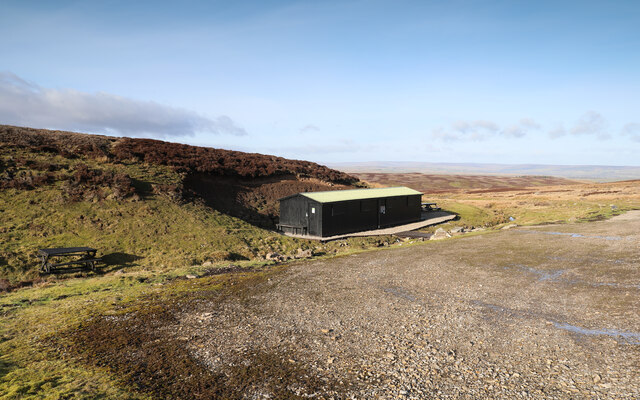



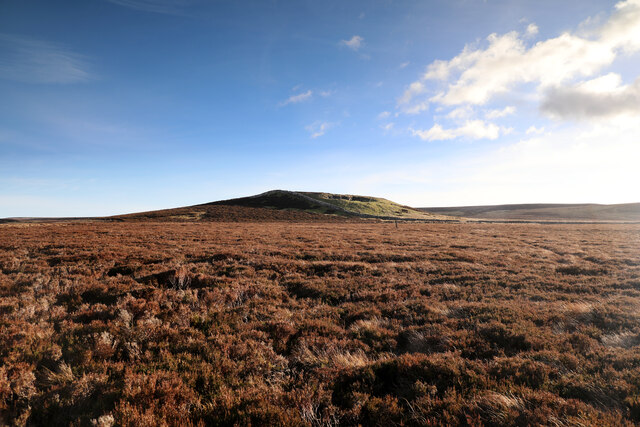


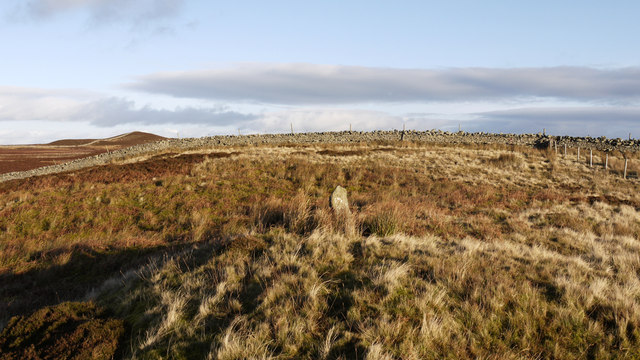
Seavy Hill is located at Grid Ref: NY9808 (Lat: 54.470002, Lng: -2.0240213)
Division: North Riding
Administrative County: North Yorkshire
District: Richmondshire
Police Authority: North Yorkshire
What 3 Words
///moguls.grownup.flitting. Near Bowes, Co. Durham
Nearby Locations
Related Wikis
Hoove
Hoove is a hill in the northern Yorkshire Dales in North Yorkshire, England, near the town of Barnard Castle in County Durham. Its elevation is 554 metres...
Arkengarthdale
Arkengarthdale is a dale, or valley, on the east side of the Pennines in North Yorkshire, England. Running roughly north-west to south-east, it is the...
Sleightholme
Sleightholme is a secluded hamlet on a dead end road in County Durham, England. It lies beside Sleightholme Beck, a tributary of the River Greta. The...
Whaw
Whaw is a hamlet in Arkengarthdale in North Yorkshire, England. It is one of few settlements in the dale and is one of the smallest. Its name derives from...
Sleightholme Beck Gorge – The Troughs
Sleightholme Beck Gorge – The Troughs is a Site of Special Scientific Interest in the County Durham district of south-west County Durham, England. The...
Arkle Beck Meadows, Whaw
Arkle Beck Meadows, Whaw (grid reference NY984041) is a 8.4 hectares (21 acres) biological Site of Special Scientific Interest (SSSI) at Whaw in Arkengarthdale...
Eskeleth
Eskeleth is a hamlet in Arkengarthdale in North Yorkshire, England. It is in the Yorkshire Dales National Park. Eskeleth sits 4 miles (6.4 km) from the...
Walney to Wear and Whitby Cycle Route
The Walney to Wear and Whitby Cycle Route (or W2W) is the name of a cross-country cycle route in Northern England. It runs from Walney Island in Cumbria...
Nearby Amenities
Located within 500m of 54.470002,-2.0240213Have you been to Seavy Hill?
Leave your review of Seavy Hill below (or comments, questions and feedback).










